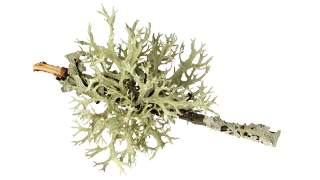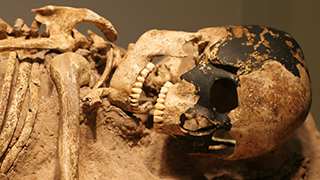MENU
ESP Digital Book
Principles of Geology, Vols 1-3
Charles Lyell
Table of Contents:
 PREV
Chapter
PREV
Chapter
 PREV
Chapter
Chapter
NEXT
PREV
Chapter
Chapter
NEXT
 Chapter
NEXT
Chapter
NEXT

Pick Chapter:
↑ scroll to see multi-page content ↑
 PREV
Chapter
PREV
Chapter
 PREV
Chapter
Chapter
NEXT
PREV
Chapter
Chapter
NEXT
 Chapter
NEXT
Chapter
NEXT


Sir Charles Lyell was a Scottish geologist, best known as the author of Principles of Geology, which presented uniformitarianism - the idea that the Earth was shaped by the same scientific processes still in operation today - to the broad general public. His scientific contributions included an explanation of earthquakes, the theory of gradual "backed up-building" of volcanoes, and in stratigraphy the division of the Tertiary period into the Pliocene, Miocene, and Eocene. He also coined the currently-used names for geological eras, Palaeozoic, Mesozoic and Cenozoic. Lyell, following deistic traditions, favoured an indefinitely long age for the earth, despite geological evidence suggesting an old but finite age. He was a close friend of Charles Darwin, and contributed significantly to Darwin's thinking on the processes involved in evolution. He helped to arrange the simultaneous publication in 1858 of papers by Darwin and Alfred Russel Wallace on natural selection, despite his personal religious qualms about the theory. He later published evidence from geology of the time man had existed on Earth.
Principles of Geology: being an attempt to explain the former changes of the Earth's surface, by reference to causes now in operation is a book by the Scottish geologist Charles Lyell, first published in 3 volumes in 1830-1833. Lyell used geology throughout as a basis to strengthen his argument for Uniformitarianism. He used geological proof to determine that the Earth was older than 6,000 years, as had been previously contested. The book shows that the processes that are occurring in the present are the same processes that occurred in the past. The book was influential, not least on the young graduate Charles Darwin, who was given Volume 1 of the first edition by Robert FitzRoy, captain of HMS Beagle, just before they set out (December 1831) on their voyage on the Beagle. On their first stop ashore at St Jago, Darwin found rock formations which, when seen "through Lyell's eyes", gave him a revolutionary insight into the geological history of the island, an insight he applied throughout his travels. While in South America, Darwin received Volume 2, which rejected the idea of organic evolution, proposing "Centres of Creation" to explain diversity and territory of species.
The ESP began as an effort to share a handful of key papers from the early days of classical genetics. Now the collection has grown to include hundreds of papers, in full-text format.
Along with papers on classical genetics, ESP offers a collection of full-text digital books, including many works by Darwin and even a collection of poetry — Chicago Poems by Carl Sandburg.
ESP now offers a large collection of user-selected side-by-side timelines (e.g., all science vs. all other categories, or arts and culture vs. world history), designed to provide a comparative context for appreciating world events.
Biographical information about many key scientists (e.g., Walter Sutton).
Bibliographies on several topics of potential interest to the ESP community are automatically maintained and generated on the ESP site.
ESP Picks from Around the Web (updated 28 JUL 2024 )
Old Science

Weird Science

Treating Disease with Fecal Transplantation
Fossils of miniature humans (hobbits) discovered in Indonesia
Paleontology

Dinosaur tail, complete with feathers, found preserved in amber.
Astronomy

Mysterious fast radio burst (FRB) detected in the distant universe.
Big Data & Informatics

Big Data: Buzzword or Big Deal?
Hacking the genome: Identifying anonymized human subjects using publicly available data.






